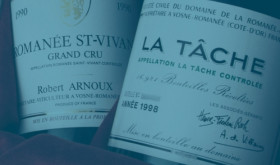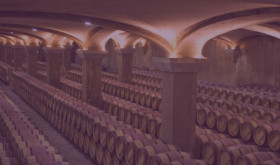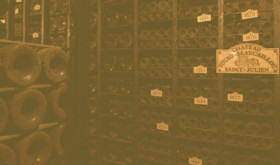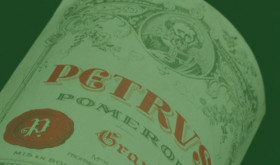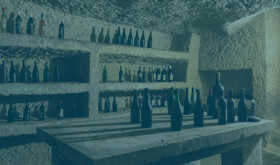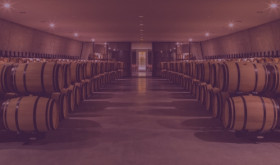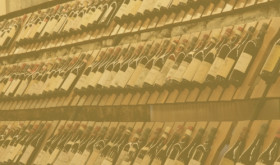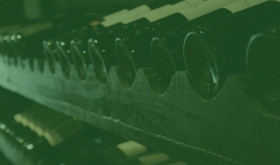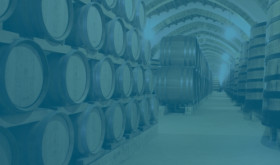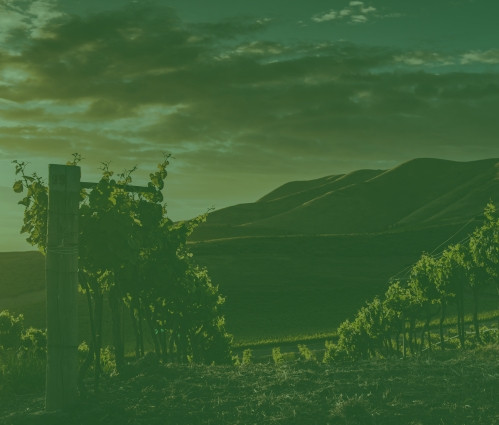
- The second part of our report focuses on how fine wine can mitigate risk for sustainable investors.
- By blending sustainability-linked bonds with fine wine, investors can shield some of their wealth from inflation while having access to a regular income stream.
- The steadiness of fine wine can help to smooth out the overall performance of sustainable portfolios, hedging against the volatility risks of impact investments.
Fine wine has many qualities that make it an environmentally and socially sustainable asset, as discussed in the first part of this report. And we believe that it can offer even more value as a hedge for sustainable portfolios. Just as with traditional investing, each investor is different. However, there will be some common themes and risks. In this section, we analyse how fine wine interacts with some of the most popular sustainable investments, and where the assets can become greater than the sum of their parts.
Sustainability-linked bonds
For businesses to become sustainable, they will usually need to pay for new infrastructure. This is where bonds come in. Investors finance the projects and receive a regular income from the repayments and interest (known as coupons) over a set period of time. There are many examples of corporate and sovereign green bonds, but probably the most impactful is Orsted.
In 2017, Orsted raised 1.25 billion euros from investors to successfully transition from brown to green energy. The bonds last until 2029. Since then, Orsted has been named the world’s most sustainable company. Today 91% of the energy it creates comes from renewable sources. The aim is to be at 99% by 2025. For context, worldwide this accounts for just 13% of energy. Orsted has also just released a blue bond, which focuses on marine life and oceans.
Sustainability-linked bonds can be built around society as well as the environment. Research by Goldman Sachs found 65% of investors are interested in social bonds, with 29% already invested.
Bonds are a good and relatively low-risk way for investors to generate an income while doing good. But there are some downsides. The main issue is that as bonds set a fixed repayment schedule years – sometimes decades – in advance, inflation can reduce the purchasing power of the income over time. In a usual market environment, central banks aim to keep inflation levels to around 2% or under, which is priced into the bond. However, in recent years, it has shot up to double digits. This can slash real returns for investors, and potentially put them off green bonds.
We believe that fine wine can help to hedge against the inflation risk of sustainability-linked bonds. The two assets complement each other well, as fine wine is less liquid but inflation resistant. By blending bonds with fine wine, investors can shield some of their wealth from inflation while having access to a regular income stream.
Impact investments
There are some businesses and organisations that make a clear and measurable change, while delivering returns for investors. Some environmental examples include investments in sustainable waste management, building renewable energy plants or businesses producing meat alternatives. There are also social movements; for example, venture capitalist firms investing in women and people of colour, affordable housing developers or accessible childcare services. When investments make tangible improvements, they are usually known as impact investments (because they make an impact).
While impact investments can be almost any asset class or risk level, in general they tend to be on the riskier side. By their nature, they are usually fairly new ventures, and can also be subject to incoming regulations. This could mean that the stocks spring and plunge, making sustainable investors nervous.
Fine wine, by contrast, is a low-risk asset with little volatility. We feel that the steadiness of fine wine can help to smooth out the overall performance of sustainable portfolios, hedging against the volatility risks of impact investments.
Overall positioning in a portfolio
Fine wine should not be the star of the show, but more of a supporting act. It is often best placed as a hedge against other sustainable or impactful assets, especially those with inflation or volatility risks. Generally, wealth managers and investors keep fine wine allocations under 10% of the total portfolio.
